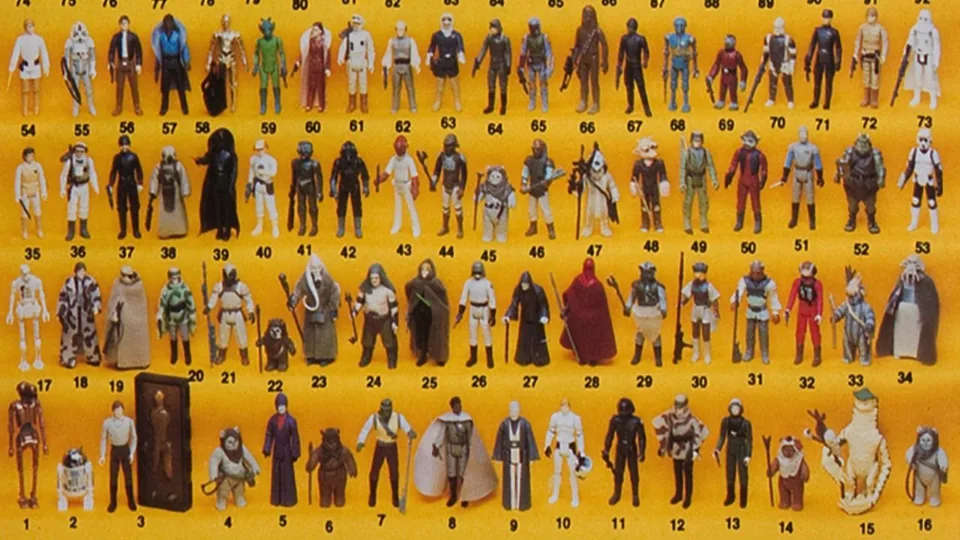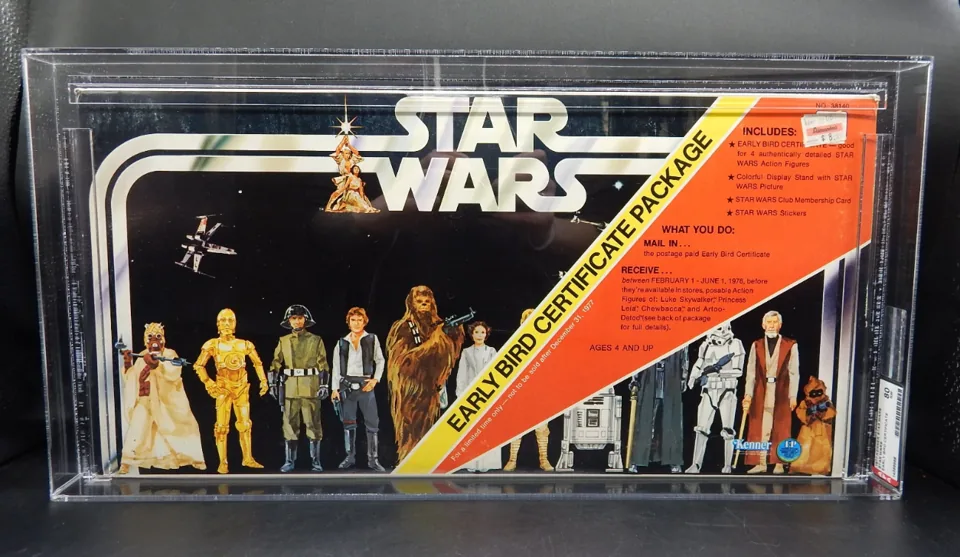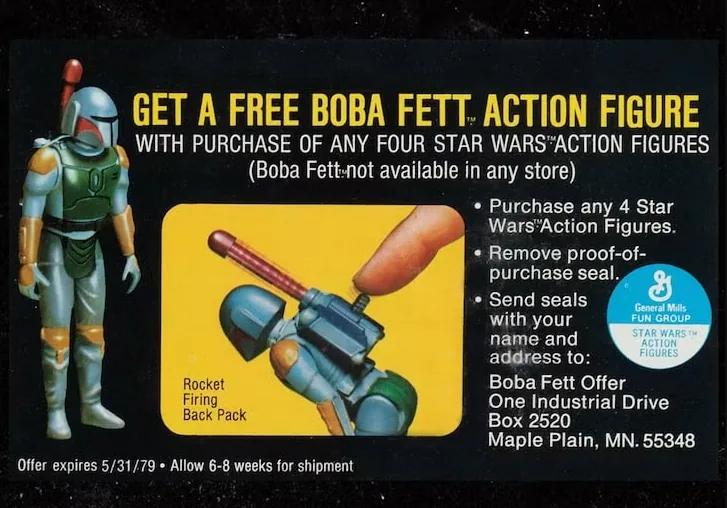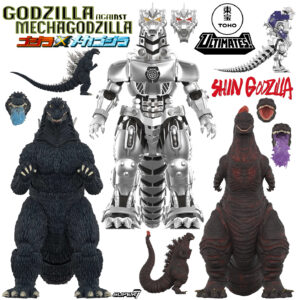
When Star Wars hit theaters in May 1977, no one could have predicted that, in addition to revolutionizing cinema, the saga created by George Lucas would also forever transform the toy industry. At a time when films disappeared from the public imagination after leaving the big screen and when television advertising was the only ally of big brands like Barbie and GI Joe, Star Wars ushered in a new era: the advance purchase of toys.
George Lucas, concerned about leaks of details about the film, began negotiations with toy companies just six months before A New Hope was released. By comparison, the industry standard was two years. Marc Pevers, who was in charge of licensing sales, knocked on the doors of giants Hasbro, Mattel and Parker Brothers. All declined. The challenge was taken up by modest Kenner Products, a small toymaker from Cincinnati, Ohio.
Kenner product designer Jim Swearingen was a fan of Lucas’s work and convinced his superiors that Star Wars had potential. But there was one problem: the toys wouldn’t be ready in time for the film’s release, since it would take about a year to conceptualize and approve prototypes. The solution would be bold and unprecedented.
Instead of following the standard of the time, which focused on 30 cm figures, Kenner went ahead with a line of 9.5 cm figures, to use molds from other toys. One of the bases for the first collection was a set of Fisher Price truck drivers, which were scraped, remodeled and painted.
George Lucas himself was involved in the approval process, but he wanted one addition: the Jawas. But Dave Okada, vice president of design, couldn’t find a good fabric for the little aliens’ capes. That’s when he looked down, saw his brown socks, and had an idea. Yes, the official prototype has already passed through Okada’s feet.
With access to blueprints and diagrams of ships like the X-Wing and the TIE Fighter, Jim Swearingen traveled to Lucasfilm in California and consolidated the first designs. A month before the film’s premiere, Kenner and 20th Century Fox signed an extremely advantageous contract, in which 95 cents of every dollar sold went to Kenner.
And so the long-awaited premiere in May arrived, but the first collection of action figures was still far away, there was a great demand for Star Wars toys, and Christmas was already on the horizon. To solve the situation, a two-step plan was created.
First, to satisfy this audience, several recycled products were launched, simply stamped with the newly-born franchise. And then, to capitalize on the most lucrative holiday for the industry, the Early Bird Certificate Package was launched, the precursor to all advance toy purchases.

“It was essentially an empty box that promised children would be the first in the galaxy to receive four Luke Skywalker, Princess Leia, Chewbacca and R2-D2 action figures,” sociologist and collector John Tenuto explained in the documentary Toys That Made an Era.
Sold in late 1977, this “promise in a box” created a craze. The figures didn’t start arriving until the spring of 1978, almost a year after the film’s release, and they sold out as soon as they hit the shelves.
The idea was an unquestionable success. The toy industry saw its sales grow by 8%, and Star Wars became a market phenomenon with 22 million units sold per year. Kenner, still protected by the initial contract, wanted to maintain the brand’s exclusivity, but Fox and Lucasfilm were already uncomfortable with the terms.
The mission of ensuring the continuity of the partnership was assigned to Jim Kipling, Kenner’s legal director, who fulfilled his task.
“On a visit to Los Angeles, a Lucasfilm associate who was a bodybuilder got fed up with the negotiations. He got up from his chair, put his elbow on his knee, flexed his muscles and said, ‘I don’t want to hear about this anymore!’ And I said, ‘Okay, please don’t hear about it.'” Jim joked in an interview.
During this period, one of the greatest legends among collectors was also born: the Boba Fett action figure with a rocket launcher. The character had not yet officially appeared in the movies, but could be obtained by mail in a promotion.

However, these rocket-firing Boba Fett figures never made it to stores. The tragic and bizarre reason was a domestic accident involving two Mattel toys inspired by Battlestar Galactica, which also had the firing mechanism. The small projectile had become lodged in a child’s throat.
For safety reasons, Kenner aborted the launch, and the few prototypes sent by mail are now considered the “Holy Grail of collectors.” In 2024, a unit in perfect condition sold for more than $1.3 million, according to the website The Value.
Today, more than 35 years after Kenner’s initial $100,000 investment, the entire Star Wars toy collection generates around $3 billion a year, with more than $12 billion in total revenue.
More stories like this can be seen in the documentary series Toys That Made an Era, available on Netflix.


